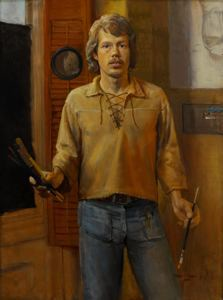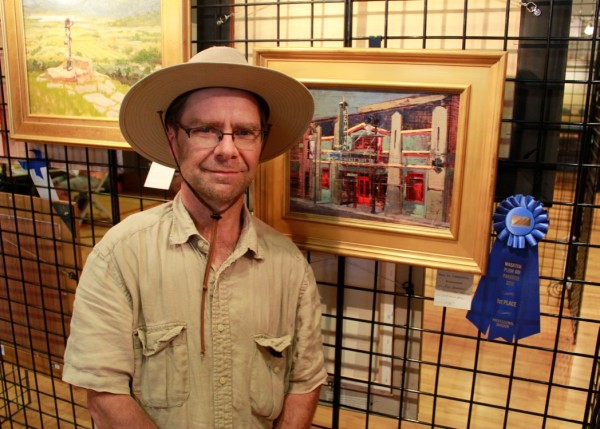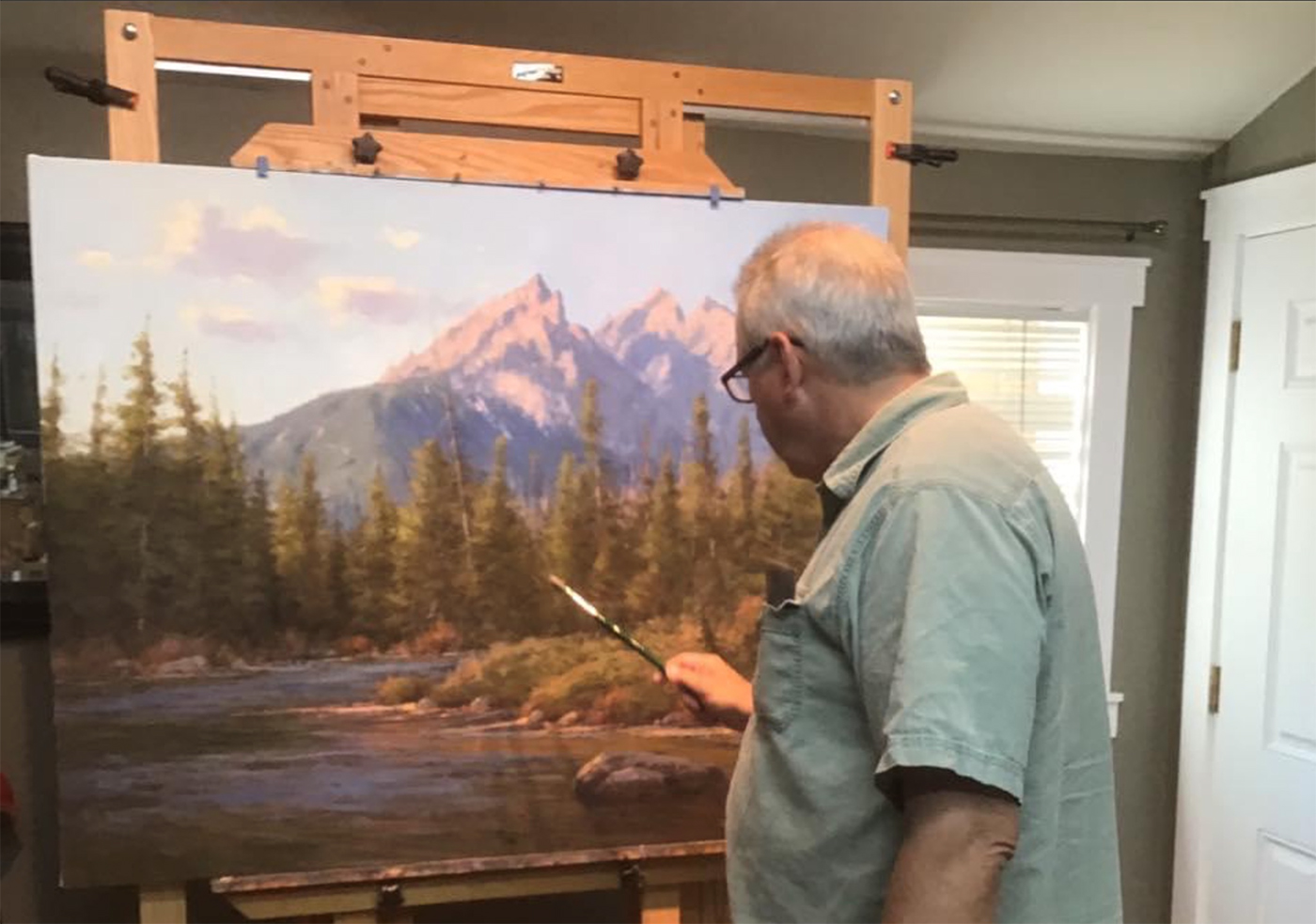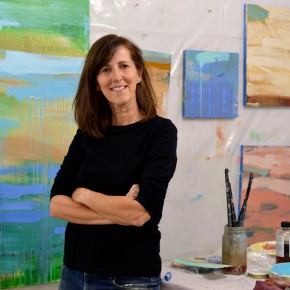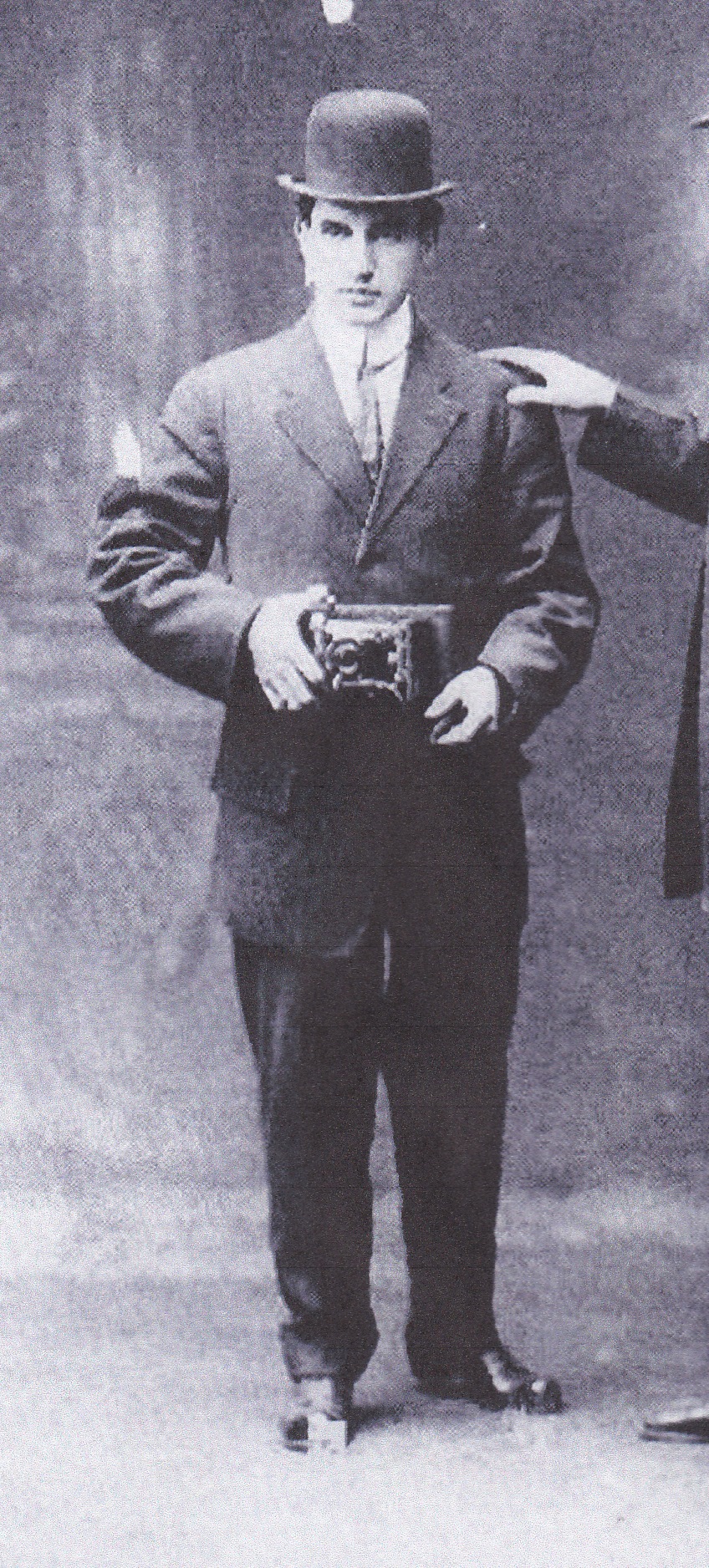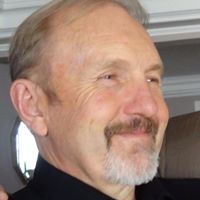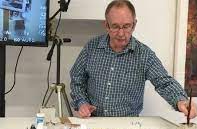Rob Adamson was born in Bountiful, Utah. He received his BFA with emphasis in painting and drawing from the University of Utah in 1992. Some professors who influenced him there were Paul Davis and Dave Dornan. The work of Charles Hawthorn, Emile Gruppe, and LeConte Stewart have also influenced him. Roh teaches at Salt Lake Community College. He paints in his studio located near his home in Millcreek, where he lives with his wife, Sharyl, and three-year-old son, Zachary. Lately Rob has been painting cityscapes. “Early in the spring of 1996, I was having a difficult time finding the right location to paint. After driving up and down the canyons near Salt Lake City, I gave up and began driving home. As I drove down 3300 South, I passed a McDonald’s restaurant and thought to myself, ‘Now there is something I haven’t painted before.’ I quickly set up my easel across the street and began to paint. Something magical began to happen. I was painting the unpaintable. This ordinary scene soon turned into an extraordinary one. I found myself looking at the angles and shapes of the building, and the way the afternoon light would highlight certain areas of color while hiding others in the shadows. I became more interested in the composition of the scene rather than the subject matter. I painted everything I saw – telephone poles, street lights, stop signs. I used objects like telephone poles and street lights to break up space into an interesting composition. I also used color, value, and texture to make the composition interesting. “After my painting session that day, I realized I would not be returning to my normal routine of landscape painting. The next day I waited for the late afternoon light and painted a 7-1 1 convenience store. “I realized how much the city was a part of my life. Some artists live and paint in the country with beautiful green and ochre fields, cows in the foreground, and blue-green mountains in the distance. I live in the city with fields of asphalt and cement, cars in the foreground, and gas stations and fast food restaurants in the background. There are signs of various shapes and colors everywhere. Telephone wires connect one building to another in tandem. “Nighttime in the city is especially magical with the artificial lights bouncing off glass, metal, and wet pavement. The colors are bright and vibrant.”
Learn more



